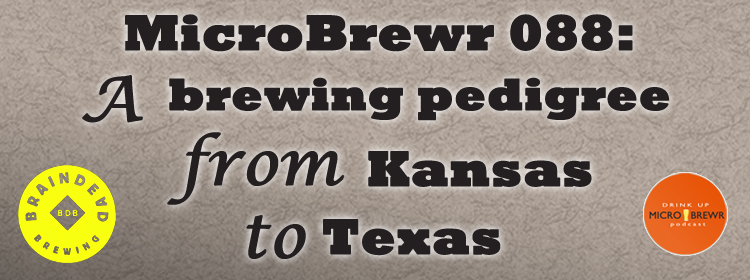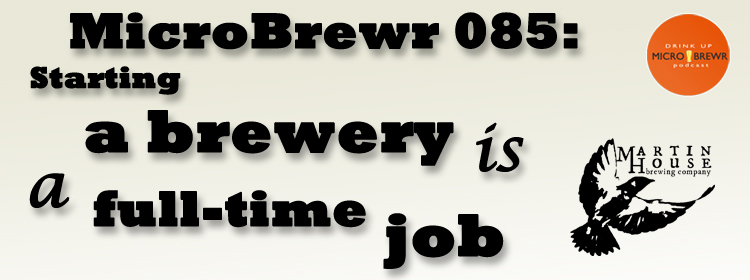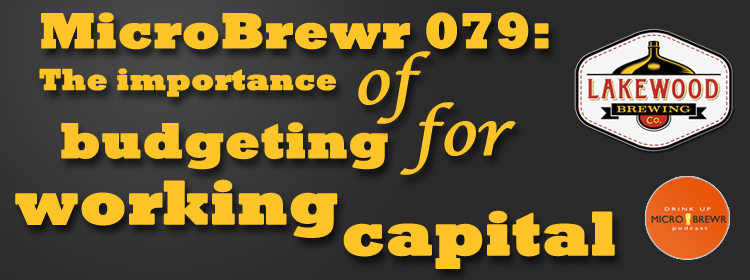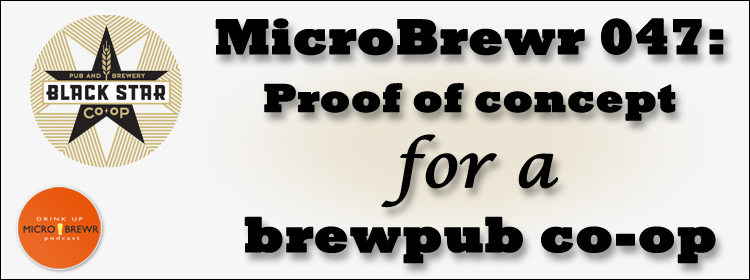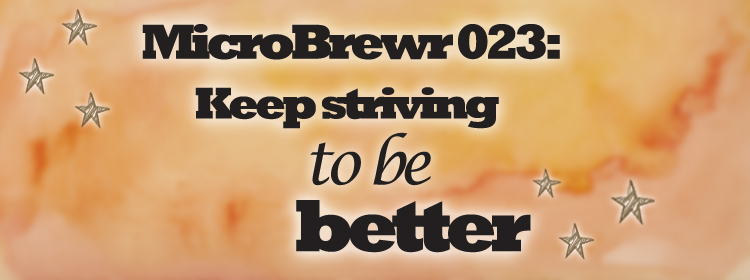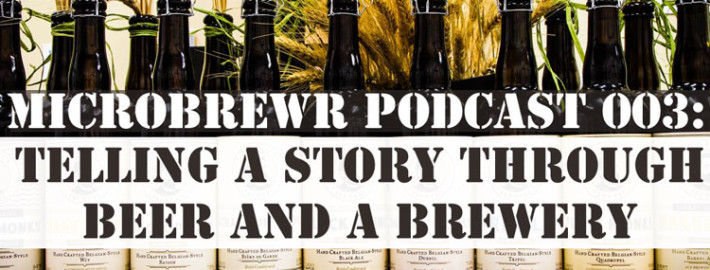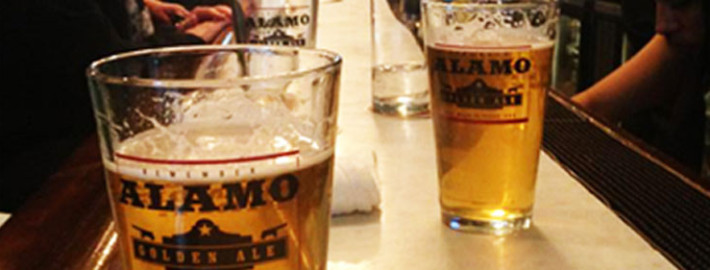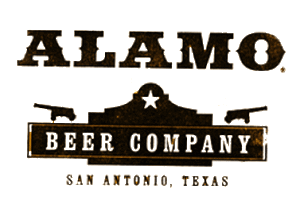MicroBrewr 088: A brewing pedigree from Kansas to Texas
Podcast: Play in new window | Download | Embed
Subscribe: RSS
Andrew Huerter comes from a family of brewers. His parents were founding members of the Kansas City Beer Meisters homebrew club and his dad won a blue ribbon for one of his beers. Now Drew is following in their footsteps. He worked at a handful of breweries and before helping put together BrainDead Brewing in Dallas, Texas.
“Find a way into an operating brewery.” [Tweet This]
Some of the audio was lost due to technical difficulties with the call. Here are notes from the audio podcast and the parts that got left out.
One of the biggest difficulties was the city permitting processes. The city was concerned about the explosive hazards of grain dust.
BrainDead Brewing was required to submit a certified engineer’s report verifying that the explosive hazard was below the threshold.
Just a few years ago in 2011, there were only 3 breweries in North Texas. Now there are 40, and just 2 independent brewpubs in Dallas-Fort Worth area, says Drew. Perhaps the city is experiencing growing pains from and industry that has grown a lot in a very short time.
RELATED: MicroBrewr 085: Starting a brewery is a full-time job
Drew emphasizes the important of details when budgeting for your startup brewery. His biggest mistake was missing a line item on the budget.
Although they had budgeted for the purchase of a glycol chiller, they forgot to include installation costs. That amounted to a $50,000 mistake.
On the other hand, the best idea was to start out with a focus on making ales. It’s a proven model, says Drew, but these days it’s done often. Drew says ales are easy drinking and really approachable, so BrainDead Brewing could sell a lot of them to establish themself in the market.
Listener question:
If you could ask one question to every brewer or brewery owner, what would you ask? Let me know.
Can’t-go-without tool:
1.5-hp single phase pump by CPE Systems Inc.
Book recommendation:
Check out the entire list of recommended books, click here.
An upcoming beer style:
Pilsner
Other resources:
- Kansas City Beer Meisters, homebrew club.
- Morgan Street Brewery, St. Louis, Missouri.
- The Schlafly Tap Room, St. Louis, Missouri.
- Deep Ellum Brewing Co., Dallas, Texas.
- Foeder Crafters of America, St. Louis, Missouri.
- Heavy Riff Brewing Company, St. Louis, Missouri.
You can reach Drew Huerter and BrainDead Brewing at:
- braindeadbrewing.com
- Facebook: braindeadbrew
- Twitter: braindeadbrew
- Instagram: braindeadbrew
- Untappd: BrainDeadBrewing
Sponsors:
Support MicroBrewr
Help keep MicroBrewr on the air. CLICK HERE for ways you can help.

